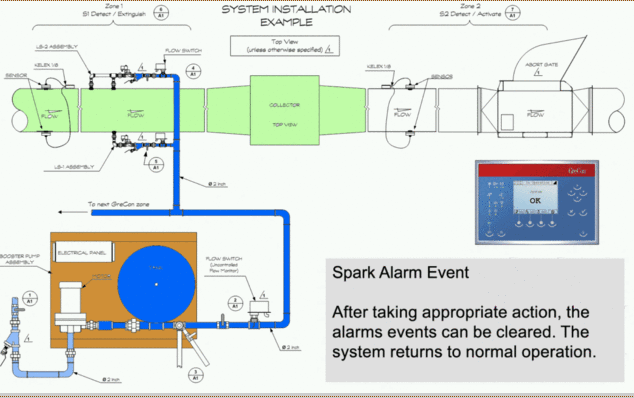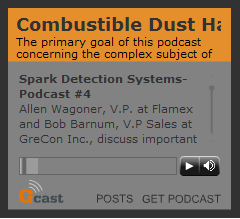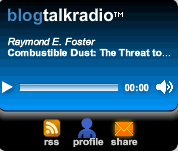Allen Wagoner, V.P. at Flamex and Bob Barnum, V.P Sales at GreCon Inc., discuss important aspects of spark detection engineering controls in lessening the probability and reducing the severity of combustible dust related fires and explosions at facilities.
Over the past year the Combustible Dust Policy Institute has found through media accounts over 130+ combustible dust related fires and explosions. Many of these incidents could have been prevented and mitigated with proper engineering controls as referenced in the NFPA Combustible Dust Standards. Concerning fire and explosion protection for process equipment, NFPA 654 lists several protection methods such as:- Oxidant Concentration Reduction
- Deflagration venting
- Deflagration pressure containment
- Deflagration suppression
- Dilution with non-combustible dust
- Deflagration venting through a dust retention and flame-arresting device

Photo Credit: GreCon
The applications listed above are for example only. Qualified personnel must design suitable pneumatic conveying, electrical, and plumbing systems to local regulations, plant equipment and requirements. The drawings shown below may not meet the needs all facilities, but these drawings demonstrate how spark detection systems can be used in similar applications with the appropriate design
Resources
NFPA 654 Combustible Dust Standard
Flame Detection Tutorial-Sense Ware
Infrared Radiation












 RSS Feed Subscribe
RSS Feed Subscribe